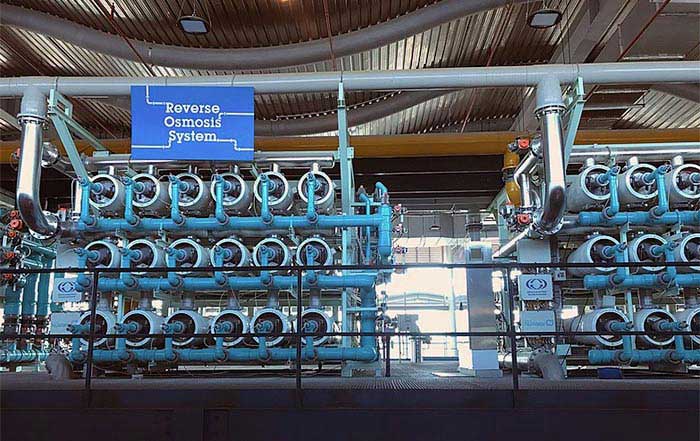Singapore, a significant financial centre in the Asia Pacific region, has long been regarded as one of the world's most sophisticated economies. Singapore was named the world's second most open economy in 2017 by the Heritage Foundation's Index of Economic Freedom, while the World Bank's Doing Business report named Singapore the world's second most pro-business government. Despite its limited domestic market and scarcity of natural resources, Singapore effectively survived the 1997 and 2008 financial crises. Singapore's economy is now one of the most stable in the world, with no external debt, substantial government income, and a constant positive surplus. Singapore's economy is primarily supported by exports of electronics and machinery, financial services, tourism, and the world's busiest cargo harbor.
The manufacturing sector is by far Singapore's largest industry, accounting for 20 percent to 25 percent of the country's yearly GDP. There are key industry sectors in Singapore's manufacturing, and they include chemicals, electronics, transport engineering and logistics sectors. The manufacturing sector increased by 35% in the third quarter of 2017, with clusters such as electronics and precision engineering benefiting from robust demand. Closely following Singapore's manufacturing industry is its financial services industry, which has had consistent expansion as a result of the country's pro-business climate and political stability. Singapore's financial services marketplace, home to over 200 banks and a regional center of choice for many global financial services organizations, promotes the movement of information, processes, technology, and skills across global, regional, and domestic markets.
Singapore, positioned at the southern end of the Malaysian peninsula and with a land area less than New York, lacks considerable natural resources. Singapore, on the other hand, has grown into a regional oil and gas centre; she's also a renowned leader in sustainable water solutions and projects such as NEWater and the Deep Tunnel Sewerage System. Singapore's primary natural resource, it has been claimed, is its people - and in a booming economy, this could not be more true. As the economy expands, both local and non-local businesses will have access to a larger pool of educated workers and, eventually, a growing consumer market.
Singapore's infrastructure has always been well-developed as a commercial and military seaport throughout the British colonial era. Following the country's independence in 1965, the post-colonial administration worked to enhance and extend the country's transportation, communications, industrial, and housing infrastructure. Singapore has 9,310 kilometers of paved highways, 199.6 kilometers of rail (mass rapid transit and light rail combined), and island-wide bus, taxi, and ride-share operations. The public transportation system is efficient, safe, and on time.
Changi International Airport has direct flights to 380 locations in 90 countries. It handles almost 7,000 weekly flights, moving passengers and goods all over the world. By water, the Singapore port provides shippers with access to nearly 200 shipping lines and 600 ports in 123 countries. At any given moment, the Singapore port may have up to 1,000 ships moored, making it among the world's busiest container ports.
The telecommunications system is no less impressive: Singapore does have one of the highest mobile penetration rates in the world, with 1.5 phones per person, and more than 90 percent of Singaporean households have Internet access. You may utilize a free island-wide Wi-Fi service called Wireless@SG at hotspots including as coffee shops, fast-food restaurants, and Changi Airport. Singapore also has an abundance of industrial and commercial facilities for enterprises. Jurong Town Corporation (JTC) offers around 47.7 million square meters of strategically positioned constructed industrial space available for the construction of factories, warehouses, and business parks. Commercial firms can choose from a variety of world-class high-rise and low-rise offices in the Central Business District and other sections of town.
Since 1995, the Singapore government has had no external debt. In terms of domestic debt, the total outstanding government borrowing as of the third quarter of 2017 was S$496 billion, which included registered stocks and bonds, treasury bills, and advance deposits. The Singapore government has a healthy balance sheet, with assets outweighing obligations, as a result of executing these strategic debts with strong asset protection, vigorous economic development, and sound macroeconomic policies.
As of the third quarter of 2017, the Singapore government's overall revenue was anticipated to be S$69 billion. Singapore, like other governments, derives the majority of its revenue from taxes, including income, property, excise and customs levies, and GST. Other government revenue sources include license and permission fees, leasing of government property, penalties and forfeitures, and capital earnings from the sale of capital goods.

